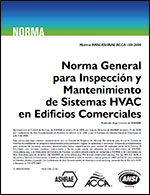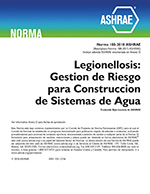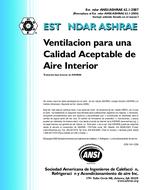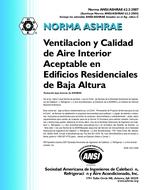Description
A national laboratory has tested radiant barriers in attics of three unoccupied research houses, which are located near Knoxville, Tennessee. The prime purpose of the testing was to determine the interaction, if any, between two types of radiant barriers, horizontal (barrier laid on top of attic insulation) and truss (barrier attached to underside of roof trusses), and three levels of fiberglass-batt attic insulation, R-11, R-19, and R-30. Testing of radiant barriers with R-19 fiberglass-batt attic insulatlon was done at the houses in the summer of 1985 and in the winter of 1985-86. The R-11 and R-30 testing was done in the summer of 1986. These results showed that horizontal barriers were more effective than truss barriers in reducing house cooling and heating loads.
The summer of 1986 testing showed that increasing the attic insulatlon from R-11 to R-30 reduced the house cooling load (Btu) by approximately 16%. Adding a horlzontal radiant bartier to R-11 also reduced the cooling load–compared to R-11 with no barrler–by about 16%, while a truss barrier reduced it by 11%. A horizontal barrier with R-30 only reduced the coollng load by 2%, compared to R-30 with no barrier, while an increase in the cooling load of 0.7% was measured with a truss barrier and R-30. Radiant barriers were not effective in reducing house cooling loads when R-30 attic insulation was present.
The summer 1985 results were integrated into the latest work through a modellng effort using the building load simulation program, DOE-2.1B. This showed that R-19 insulatlon in conjunction with a horizontal barrier was the most effective barrier/insulation combination for cooling in Knoxville (at least for the conditions encountered in these summer experiments) and could reduce the house cooling load by 25.1%, compared to R-11 with no barrier. It is not likely that this same combination would be the most effective in reducing house heating loads. Differing climates, house styles, configurations, and occupancy effects are capable of altering these results.
Units: I-P
Citation: ASHRAE Transactions, 1987, vol. 93, pt. 2, Nashville, TN
Product Details
- Published:
- 1987
- Number of Pages:
- 18
- File Size:
- 1 file , 1.7 MB
- Product Code(s):
- D-NT-87-3065




